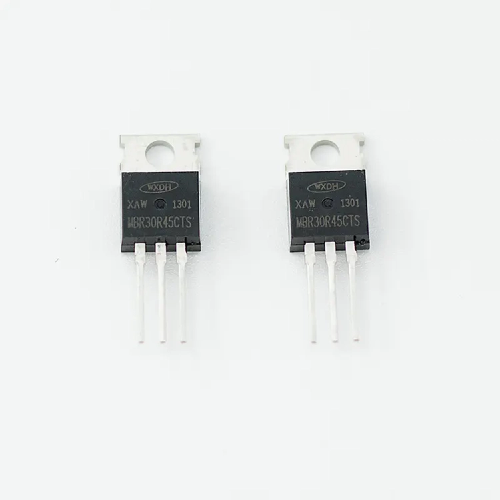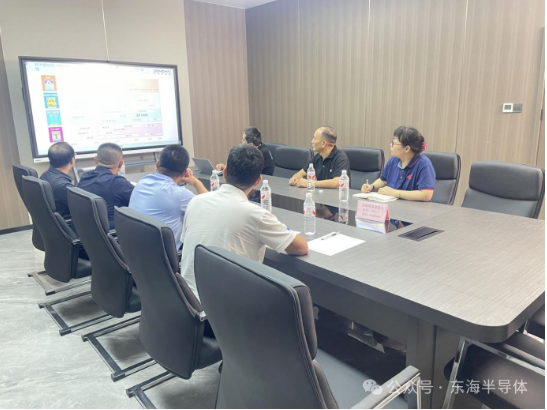
Understanding MOSFET and Its VersatilityThe MOSFET (Metal-Oxide-Semiconductor Field-Effect Transistor) is one of the most fundamental components in modern electronics. It serves as the backbone of circuits used in everything from smartphones and laptops to industrial automation systems and electric
Read More 
Understanding the Importance of MOSFETs in Modern ElectronicsThe Metal–Oxide–Semiconductor Field-Effect Transistor (MOSFET) is one of the most critical components in modern electronic systems. It lies at the core of nearly every digital and power control circuit—from smartphones and laptops to elect
Read More 
The Role of MOSFETs in Power and Signal ControlIn the world of modern electronics, the MOSFET (Metal–Oxide–Semiconductor Field-Effect Transistor) is one of the most versatile and critical components. Found in everything from laptops and smartphones to electric vehicles, industrial automation systems
Read More 
Understanding the Role of MOSFETs in Modern ElectronicsIn today’s rapidly evolving world of electronics, efficiency and precision are everything. From smartphones and power supplies to electric vehicles and solar inverters, nearly every modern device relies on one essential component: the MOSFET, or
Read More 
Why Understanding MOSFET Applications MattersWhat is a MOSFET used for?In today’s world of smart electronics, renewable energy, and digital automation, this question has become increasingly important. The MOSFET (Metal–Oxide–Semiconductor Field-Effect Transistor) is one of the most fundamental and v
Read More 
Voltage regulation is a fundamental aspect of electronic circuit design, ensuring that components receive a stable and consistent voltage regardless of fluctuations in the input power supply. Without proper voltage regulation, circuits can experience instability, reduced efficiency, or even permanent damage to sensitive components.
Read More 
Heavy-duty industrial applications, such as steel mills, railways, mining operations, and heavy machinery, require highly reliable and efficient power systems to support continuous operation under extreme conditions. In these environments, equipment often faces high power demands, frequent voltage fluctuations, and harsh physical stresses like heat, dust, and vibration.
Read More 
Renewable energy systems, including solar, wind, and hybrid power generation, are becoming increasingly vital for sustainable electricity production. Efficient power conversion and reliable switching are essential in these systems to maximize energy output and maintain stable operation.
Read More 
Diodes are fundamental components in modern electronics, widely used to control the flow of electrical current in circuits. Their primary function is to allow current to pass in one direction while blocking it in the opposite direction, making them essential for tasks like rectification, voltage regulation, and circuit protection.
Read More 
On the afternoon of August 26, 2025, a delegation from the College of Information Science and Engineering at Harbin Institute of Technology (Weihai), led by Professor Wang, visited Donghai Semiconductor Co., Ltd. for a tour and exchange. Chairman Xia Huazhong warmly welcomed the guests and accompanied them through the company’s multimedia exhibition hall. During the visit, the delegation gained a comprehensive overview of Donghai Semiconductor’s corporate culture, development milestones, core products, and technology applications, with particular interest in the company’s achievements in innovation-driven R&D and intelligent manufacturing.
Read More 


















